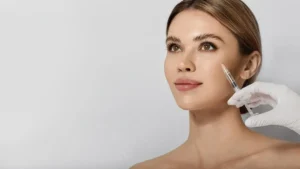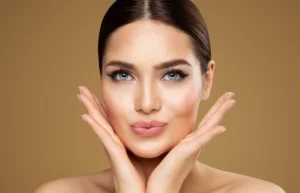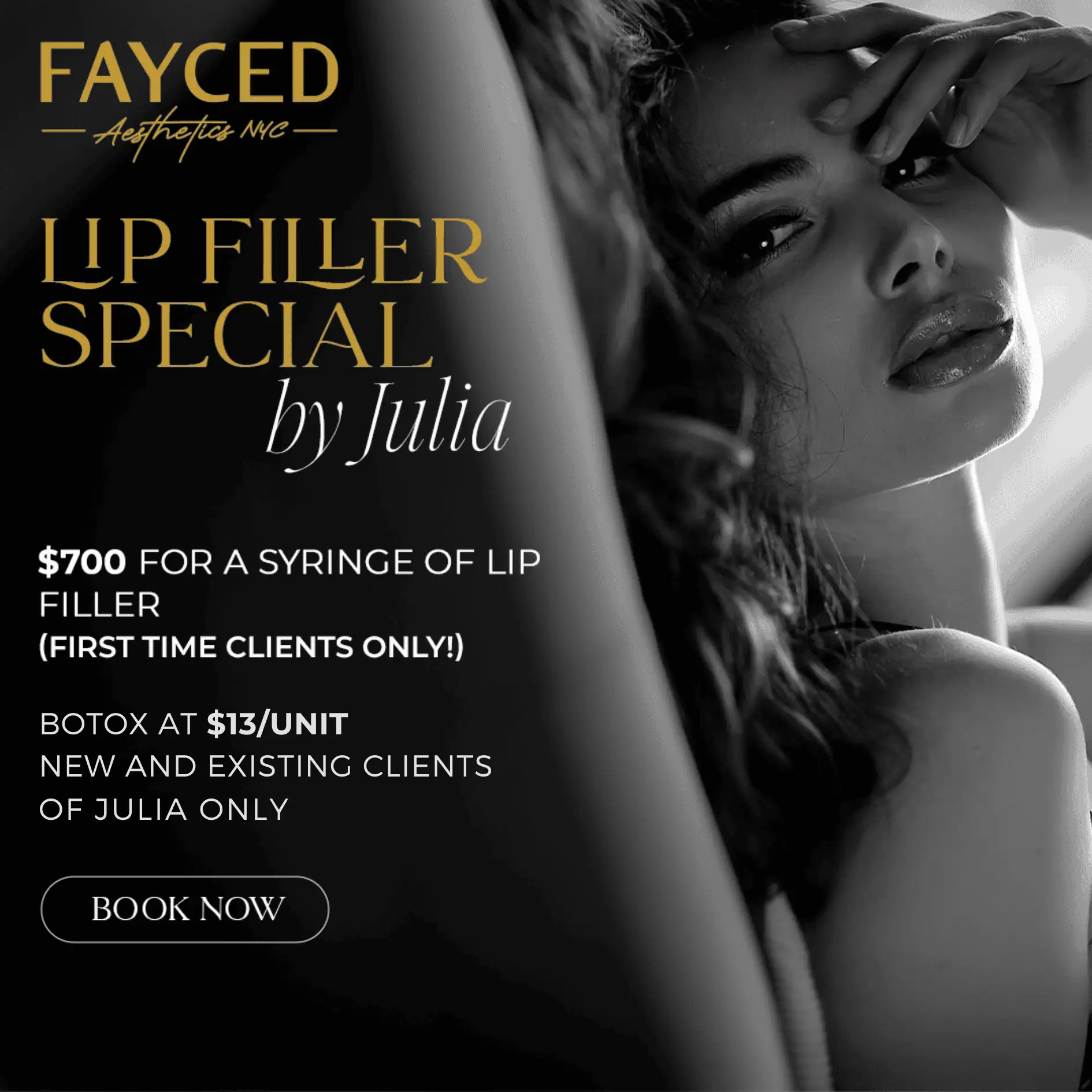Table of Contents
Wrinkle reduction treatments have revolutionized the beauty industry, offering people a non-surgical option to maintain a youthful appearance.
Among the most ideal treatments are Botox and Dysport, two injectable neuromodulators that work by relaxing the muscles in-charge for creating fine lines and wrinkles.
But how do these two treatments compare, and which is more effective in fighting wrinkles? In this blog post, we’ll explore the key differences between Botox and Dysport, helping you decide which treatment might be best for you.
How Botox and Dysport Work
Before knowing the difference Botox and Dysport, it’s essential to understand how these treatments work. Botox and Dysport are came from botulinum toxin type A, a purified protein that blocks nerve signals to the muscles.
By preventing the muscles from contracting, these injectables help to smooth out wrinkles and fine lines, particularly those caused by consistent facial expressions, such as frowning or squinting.
This relaxation of muscles can significantly reduce the appearance of dynamic wrinkles, making Botox and Dysport highly effective for areas like the forehead, between the eyebrows, and around the eyes.
Key Differences Between Botox and Dysport
While Botox and Dysport are good in many ways, there are key differences between the two that may influence your choice of treatment. Understanding these minorities can help you decide which option is better suited to your needs.
1. Molecular Structure and Diffusion
One of the distinctions between Botox and Dysport lies in their molecular structure. Dysport has smaller molecules than Botox, allowing it to spread more easily over a larger area. This diffusion can be advantageous for treating larger areas, such as the forehead, where a broader product spread is beneficial.
Conversely, Botox’s larger molecular structure tends to stay more localized, making it ideal for targeting smaller, more precise areas.
2. Onset of Results
Another distinction between Botox and Dysport is the onset of results. Dysport tends to work more quickly, with some patients noticing changes within 24 to 48 hours after treatment.
Botox, while effective, generally takes about three to five days to show visible results. This difference in onset time may be a consideration for those looking for faster results, especially if there’s an upcoming event or occasion.
3. Longevity of Results
Regarding the duration of the results, Botox and Dysport offer similar timelines, typically lasting three to four months. However, some studies suggest Dysport may last slightly longer in certain individuals.
It’s important to note that the longevity of either treatment can vary based on factors such as the individual’s metabolism, the area treated, and the dosage used.
Effectiveness in Treating Different Wrinkle Types
The effectiveness of Botox and Dysport can also depend on the type of wrinkles being treated. Both treatments are excellent for dynamic wrinkles caused by muscle movements. These include:
- Forehead lines: Horizontal lines that form when you raise your eyebrows.
- Glabellar lines: Vertical lines between the eyebrows, also known as “11s.”
- Crow’s feet: Fine lines that appear at the outer corners of the eyes.
For static wrinkles—those that are present even when your face is at rest—additional treatments like dermal fillers may be necessary in conjunction with Botox or Dysport. These injectables do not add volume to the skin, making them less effective on deeper, more ingrained wrinkles. Understanding the nature of your wrinkles helps your provider create a tailored treatment plan for optimal, natural-looking results.
Choosing the Right Treatment: Factors to Consider
Selecting between Botox and Dysport often comes down to personal preference and the specific needs of the individual. Here are some factors to consider when choosing the right wrinkle-reduction treatment:
Treatment Area
As mentioned earlier, Dysport’s ability to spread more easily makes it a good choice for larger areas, such as the forehead. However, due to its more localized effect, Botox may be the better option if you’re looking to treat a smaller, more targeted area.
Desired Speed of Results
Dysport is preferable if you need quick results since it works faster than Botox. However, if you’re not in a rush and are looking for a more gradual onset, Botox could be the better choice.
Sensitivity to Treatment
Some individuals may respond better to one treatment than the other. It’s common for someone to find that Botox works more effectively for them, while another person may prefer Dysport. Consulting with an experienced injector can help determine which treatment will work best for your skin type and desired outcomes.
The Experience of Botox and Dysport in New York
In New York, where the demand for cosmetic treatments is high, both Botox and Dysport are widely available and administered by skilled professionals.
The city’s competitive market ensures that injectors are highly trained, making it easier for clients to find a provider to deliver natural-looking results.
Whether you’re seeking Botox in New York or considering Dysport for the first time, the key is to find a provider with a deep understanding of facial anatomy and extensive experience in administering these treatments.
This expertise is crucial for achieving the desired wrinkle reduction while maintaining a natural appearance.
What to Expect During and After Treatment
Botox and Dysport treatments are quick and relatively painless, typically taking 10 to 20 minutes to complete. The procedure involves a series of small injections into the targeted muscles using a fine needle. Most patients experience minimal discomfort, often described as a slight pinching sensation.
After the treatment, it’s normal to experience some mild swelling or redness at the injection sites, but these side effects usually subside within a few hours. No significant downtime is associated with either Botox or Dysport, allowing patients to resume their normal activities immediately after the procedure.
For optimal results, it’s advisable to avoid strenuous exercise, alcohol consumption, and exposure to heat (such as saunas or hot tubs) for at least 24 hours post-treatment.
Final Thoughts
When it comes to fighting wrinkles, both Botox and Dysport offer effective solutions. The choice between the two often depends on individual preferences, the specific areas being treated, and how quickly you want to see results. Each treatment has unique advantages, whether you prefer Botox’s more localized effect or Dysport’s faster onset and broader diffusion.
Book Your Session Today!
If you’re considering a wrinkle reduction treatment and are unsure whether Botox or Dysport is right for you, it’s best to consult a skilled professional who can help you based on your needs.
To explore your options and achieve the youthful appearance you desire, book an appointment at Fayced Aesthetics NYC today. Our team of experts is here to let you look and feel your best with tailored treatments that deliver natural-looking, long-lasting results.
We also have a self-assesment test for your reference!




